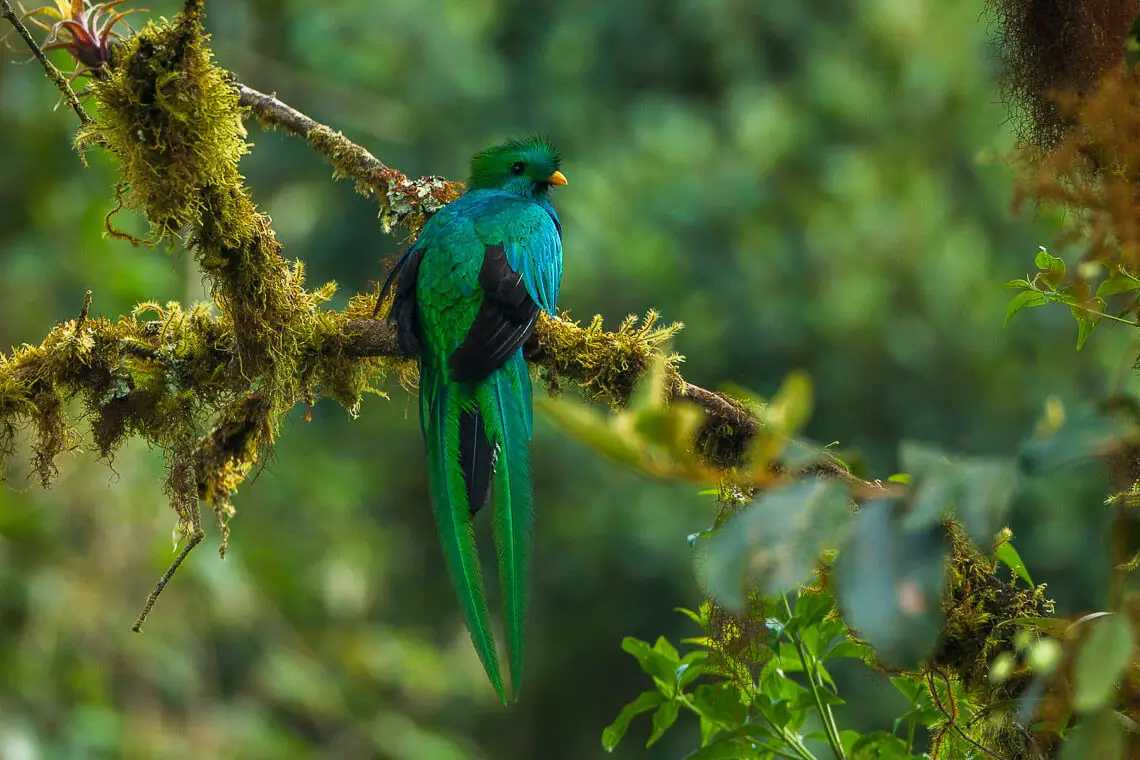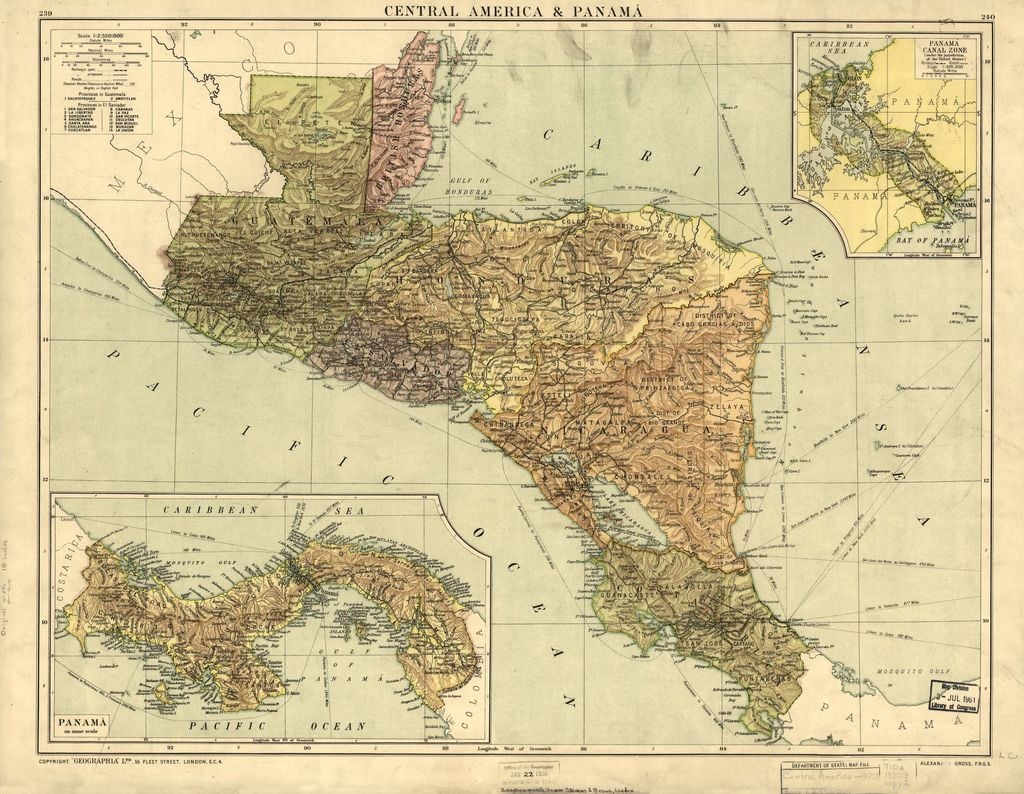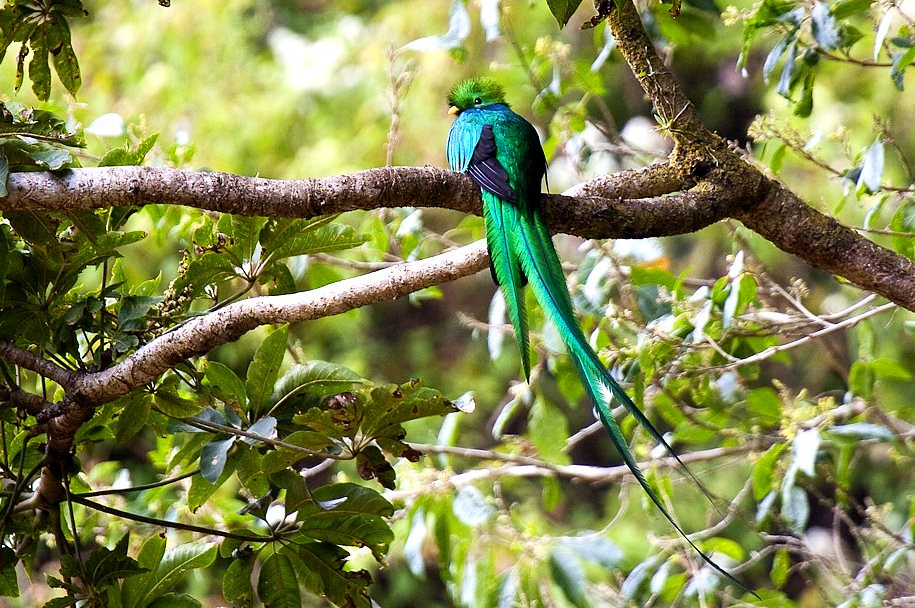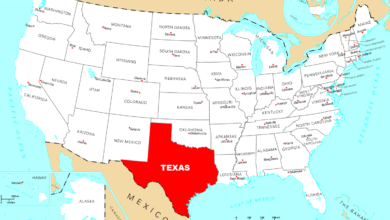Resplendent Quetzal: Jewel of the Forest & Cultural Icon

Have you ever heard of a bird so stunning that ancient civilizations worshipped it as a god? Meet the resplendent quetzal, a bird whose beauty and cultural significance are unparalleled. This magnificent creature, native to the cloud forests of Central America, is not just a marvel of nature but also a vital part of the region’s heritage and biodiversity.
Physical Characteristics
Brilliant Plumage
The resplendent quetzal is renowned for its vibrant plumage. Males boast iridescent green feathers that shimmer with a golden hue under sunlight and a bright red breast. Their long, trailing tail feathers, extending up to three feet, are a sight to behold, especially during the mating season.
Size and Weight
Quetzals are medium-sized birds. Males typically measure about 14 to 16 inches in body length, not including their tail feathers, and weigh around 7 ounces. Females are slightly smaller and less vividly colored, allowing them to blend into the forest while nesting.
Sexual Dimorphism
Quetzals exhibit sexual dimorphism. Males are more colorful and have longer tail feathers, which they use to attract females during mating displays. While still beautiful, females have shorter tails and more subdued colors, providing them with better camouflage.
Habitat and Distribution
Rainforests of Central America
The resplendent quetzal inhabits the lush, dense cloud forests of Central America. These rainforests, with their abundant rainfall and rich biodiversity, provide the perfect environment for these birds to thrive.

Preferred Altitudes
Quetzals prefer altitudes between 4,000 and 10,000 feet, where the cloud forests are coolest and moistest. This habitat offers a wealth of fruit trees, insects, and small animals, all essential to their diet.
Range Map
The resplendent quetzal’s range extends from southern Mexico through Guatemala, Honduras, El Salvador, Nicaragua, Costa Rica, and western Panama. Conservation areas in these regions are crucial for the species’ survival.
Diet and Feeding Habits
Favorite Foods of Resplendent Quetzal
Quetzals are primarily frugivorous, with a particular fondness for wild avocados. They swallow these small fruits and later regurgitate the seeds, aiding forest regeneration. Their diet includes insects, small frogs, and lizards, especially when feeding their young.
Foraging Behavior
These birds are adept foragers, often seen hopping from branch to branch in search of food. They have a unique feeding technique: they hover momentarily to pluck fruit from trees before retreating to a perch to eat.
Role in the Ecosystem
Quetzals play a vital role in their ecosystem by dispersing seeds of fruiting trees, which helps maintain the health and diversity of the cloud forests. This mutualistic relationship benefits both the birds and the forest.
Breeding and Reproduction

Mating Rituals of Resplendent Quetzal
Quetzal courtship is a spectacular display. Males perform elaborate aerial displays, showcasing their brilliant plumage and long tail feathers to attract females. These rituals are often accompanied by a series of distinctive calls.
Nesting Sites
Quetzals prefer to nest in tree cavities, often reusing abandoned woodpecker holes. Both parents take turns incubating the eggs and feeding the chicks once they hatch.
Raising Chicks
Quetzal chicks are born helpless and depend entirely on their parents for food and protection. Both male and female quetzals are involved in rearing their young, ensuring they grow strong enough to fledge.
Vocalizations and Communication
Types of Calls
Quetzals communicate through various calls, ranging from soft whistles to harsh squawks. Each call serves a different purpose, from attracting mates to warning of predators.
Meaning Behind the Sounds
The quetzal’s calls are not just beautiful but also a critical aspect of their behavior. Mating calls, territorial signals, and alarm calls each play a role in the survival and reproduction of the species.
Conservation Status
Threats to Survival
The resplendent quetzal faces several threats, including habitat destruction, climate change, and illegal poaching. Deforestation for agriculture and urban development is the most significant threat, as it reduces the available habitat for these birds.
Conservation Efforts
Various organizations are tirelessly working to protect the quetzal. Their efforts include establishing protected areas, promoting sustainable land use practices, and conducting research to better understand their ecology and behavior.
Success Stories
There have been several success stories in quetzal conservation. For example, in Costa Rica, conservation initiatives have led to the creation of reserves specifically designed to protect the cloud forest habitat of the quetzal.
Cultural Significance of Resplendent Quetzal
Quetzal in Ancient Civilizations
In ancient Mesoamerican cultures, the quetzal was revered as a symbol of freedom and wealth. Its feathers were highly prized and often used in royal headdresses and ceremonial garments.
Symbolism in Modern Culture
Today, the quetzal symbolizes liberty and beauty in many Central American countries. It is even the national bird of Guatemala, where it appears on the national flag and currency.
Quetzal in Art and Literature
Representation in Art
Artists throughout history have been inspired by the quetzal’s striking appearance. From ancient pottery to modern paintings, the quetzal continues to be a popular subject in art.
Depictions in Literature
The quetzal has also found its way into literature, where it is often used as a symbol of beauty, freedom, and the rich natural heritage of Central America.
Ecotourism and Birdwatching
Popular Birdwatching Spots
Birdwatchers worldwide flock to Central America to see the resplendent quetzal. Popular spots include the Monteverde Cloud Forest Reserve in Costa Rica and the Biotopo del Quetzal in Guatemala.
Guidelines for Eco-friendly Tourism
To ensure that ecotourism benefits the quetzal and its habitat, eco-friendly practices must be followed. These include respecting wildlife, minimizing waste, and supporting local conservation efforts.
Interesting Facts about Resplendent Quetzal
Unique Behaviors
Did you know that quetzals often let their tail feathers dangle out of their nesting holes? This unique behavior is believed to help keep the nest cool and deter predators.
Fun Trivia
The name “quetzal” comes from the Nahuatl word “quetzalli,” meaning “precious” or “beautiful.” And it certainly lives up to its name!
Threats and Challenges
Habitat Loss
One of the biggest challenges facing the quetzal is habitat loss due to deforestation. Protecting and restoring their natural habitat is crucial for their survival.
Climate Change
Climate change poses another significant threat by altering the delicate balance of the cloud forests. Shifts in temperature and precipitation patterns can affect food availability and suitable nesting sites.
Predators
Hawks, owls, and snakes are natural predators of the quetzal. While predation is a natural part of the ecosystem, human-induced changes can exacerbate these pressures.
Role in Mythology

Quetzalcoatl and Other Legends
The quetzal features prominently in various myths and legends. The Aztec god Quetzalcoatl, for instance, is often depicted as a feathered serpent with the vibrant feathers of the quetzal.
Stories Passed Down Through Generations
Stories of the quetzal have been passed down through generations, preserving its cultural significance and reminding us of the deep connection between humans and nature.
How to Help Quetzal Conservation
Supporting Organizations
You can help by supporting organizations dedicated to quetzal conservation, such as the Cloud Forest Conservation Initiative and the Quetzal Conservation Project.
Personal Actions
Simple actions like reducing your carbon footprint, supporting sustainable products, and spreading awareness about the quetzal’s plight can make a significant difference.
Conclusion
The resplendent quetzal is more than just a bird; it symbolizes Central America’s natural beauty and rich cultural heritage. Protecting this magnificent creature requires concerted efforts from all of us. By supporting conservation initiatives and promoting sustainable practices, we can ensure that future generations will continue to marvel at its beauty.
FAQs
What does the Quetzal eat?
The quetzal primarily eats fruits, especially wild avocados, but also consumes insects, small frogs, and lizards.
Where can I see a Quetzal in the wild?
Quetzals can be seen in cloud forests across Central America, with popular spots being the Monteverde Cloud Forest Reserve in Costa Rica and the Biotopo del Quetzal in Guatemala.
How long do Quetzals live?
Quetzals can live up to 20 years in the wild, though their lifespan is often shorter due to various threats.
Why are Quetzals endangered?
Quetzals are endangered due to habitat loss, climate change, and illegal poaching.
How can I contribute to Quetzal conservation?
You can support conservation organizations, reduce your carbon footprint, and spread awareness about the importance of preserving quetzal habitats.





